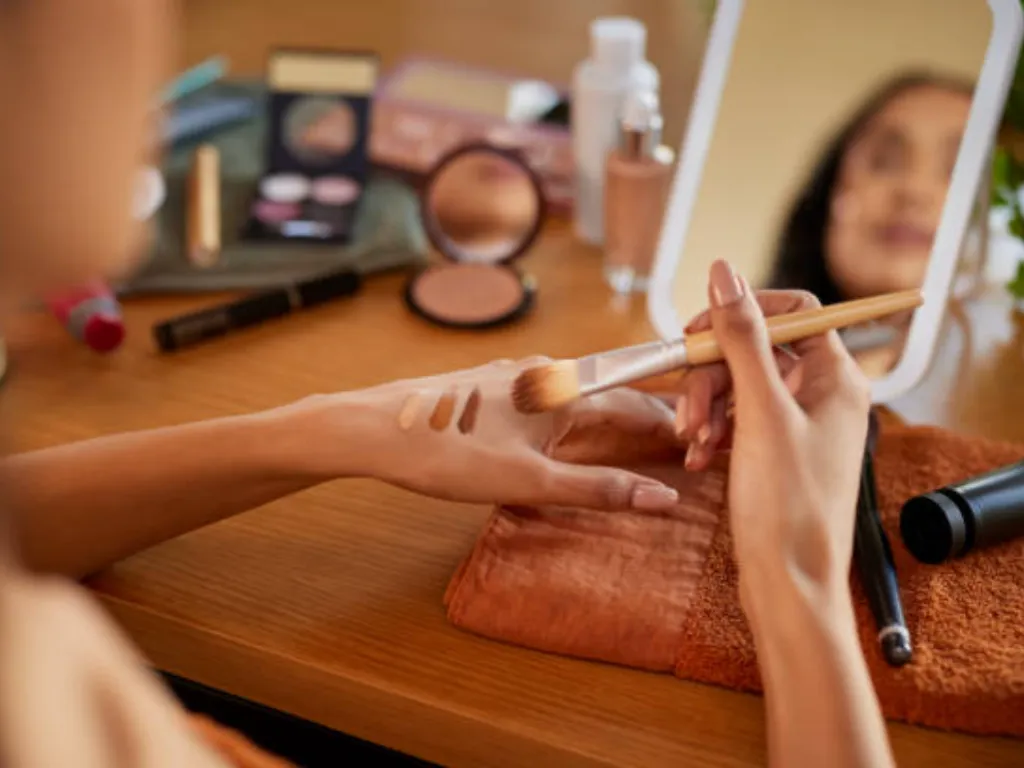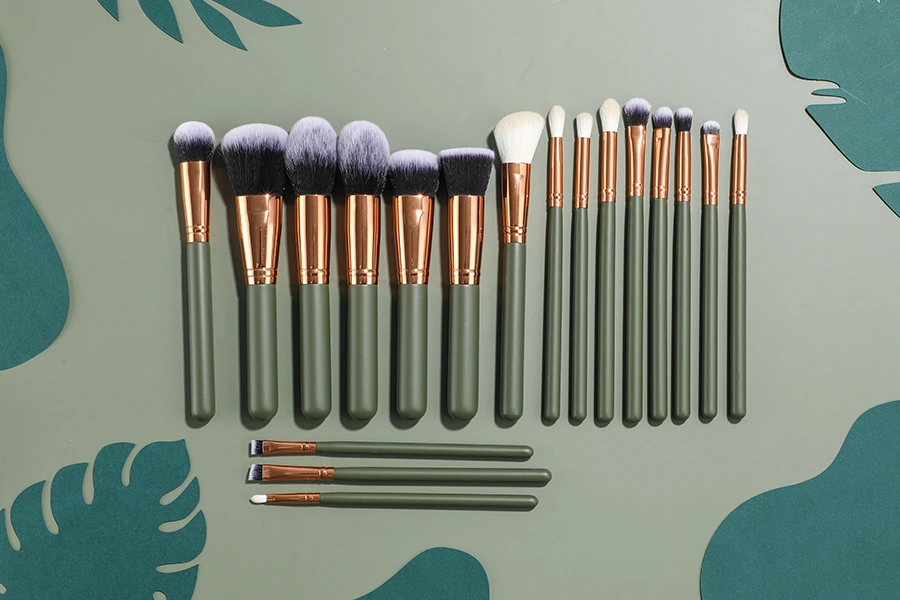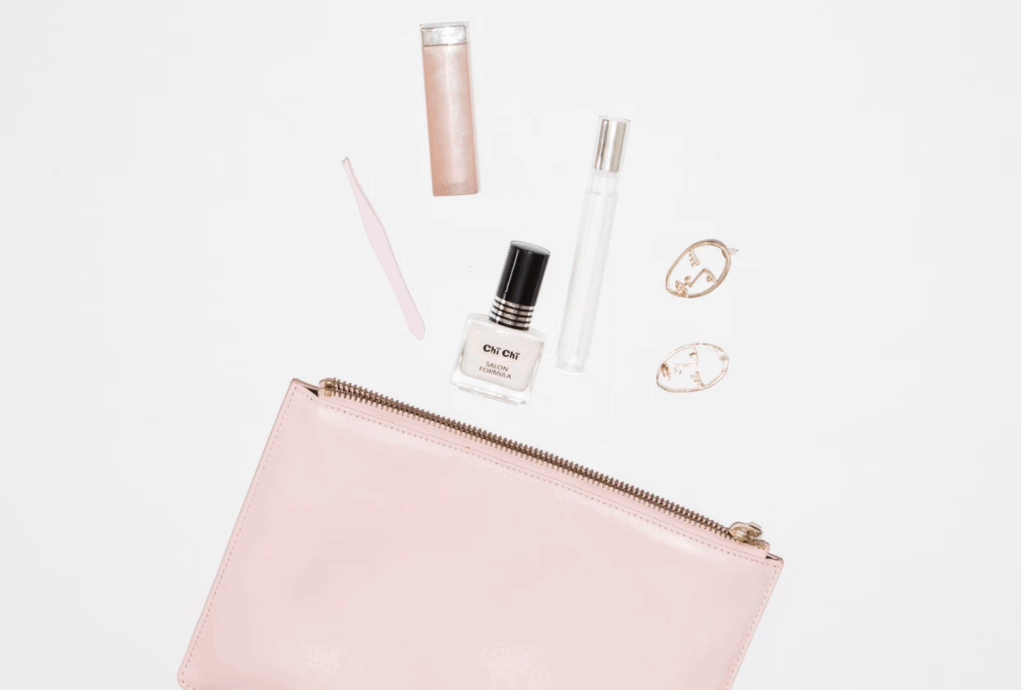Maintaining clean face brushes is crucial for healthy skin and effective makeup application. Neglecting this aspect can lead to skin issues and reduced brush performance.
This comprehensive guide addresses essential questions: What happens if you don’t clean makeup brushes? How do you know when to throw out makeup brushes? What is the most hygienic way to store makeup brushes?
さらに, it covers how to use a face cleanser brush and how often you should wash メイクアップブラシ.
Why Cleaning Your Face Brushes Matters?

Makeup brushes are essential tools in your beauty routine, but if you don’t clean them regularly, they could be doing more harm than good. Dirty brushes affect more than just makeup application—they can negatively impact your skin health.
Prevents Bacterial Buildup
- Breeding ground for bacteria
Unwashed brushes collect old makeup, oil, dead skin cells, and bacteria.
- Skin infections and breakouts
Using dirty brushes can transfer bacteria back onto your face, leading to acne, clogged pores, and even skin infections.
- Particularly risky for sensitive skin
If you have sensitive or acne-prone skin, dirty brushes can significantly worsen your condition.
Improves Makeup Application
- Better blendability
Clean brushes apply makeup more smoothly and evenly.
- True color payoff
Residual makeup on brushes can muddy the colors, especially with eyeshadows and blushes.
- Longer-lasting looks
Fresh brushes help your makeup adhere better and last longer.
Extends the Life of Your Brushes
- Preserves brush quality
Product buildup can weaken bristles, causing them to become stiff or fall out.
- Saves money long-term
Regular cleaning helps maintain the integrity of your brushes, reducing the need for frequent replacements.
How Often Should You Wash Makeup Brushes?
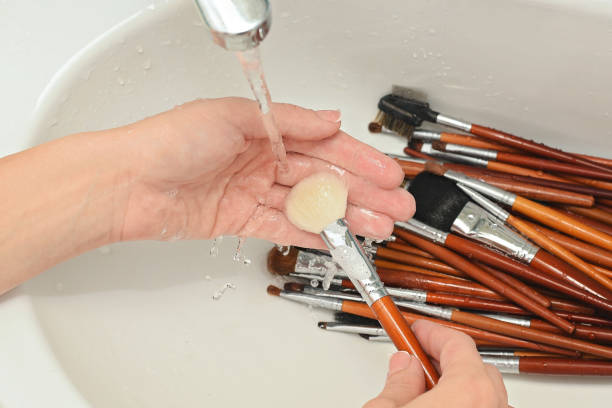
Foundation and Concealer Brushes
- Recommended Frequency
At least once a week due to liquid buildup.
- Why It Matters
Liquid products are breeding grounds for bacteria.
- Extra Tip
Spot-clean daily and deep-clean weekly.
Powder Brushes (赤面, Bronzer, パウダーのセット)
- Recommended Frequency
Every 2 weeks.
- Why It Matters
Less bacteria buildup compared to liquid, but still accumulates oils.
- Extra Tip
Tap off excess powder after each use.
Eye and Lip Brushes
- Recommended Frequency
Weekly cleaning is ideal.
- Why It Matters
Used near sensitive areas that are more prone to infections.
- Extra Tip
Use a gentle cleanser to avoid eye irritation.
Face Cleansing Brush
- Recommended Frequency
Rinse after every use, deep-clean weekly.
- Why It Matters
These brushes go deep into pores and can accumulate residue fast.
- Extra Tip
Use an antibacterial soap during deep cleans.
How to Use a Face Cleanser Brush Effectively
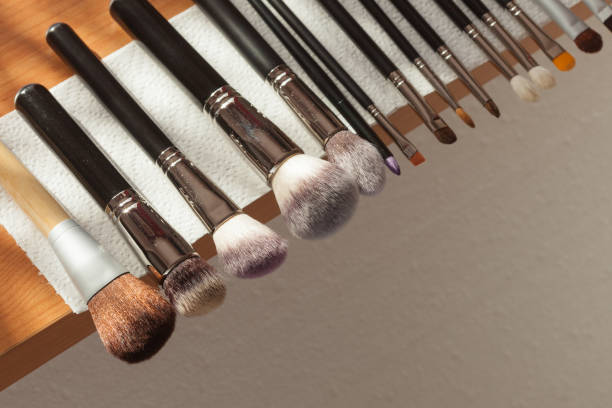
Preparation
- Wet Face and Brush
Use lukewarm water to moisten both.
- Choose the Right Cleanser
Use a gentle, non-abrasive facial cleanser.
- Avoid Harsh Scrubbing
Let the brush do the work.
Cleansing Motion
- Circular Motions
Move the brush gently in small circles.
- Time Limit
15-30 seconds per section of your face.
- Avoid Sensitive Areas
Do not use on eyelids or broken skin.
Post-Cleansing Routine
- Rinse Thoroughly
Remove all cleanser from skin and brush.
- Pat Skin Dry
Use a clean, soft towel.
- Clean Brush Immediately
Rinse the brush head to remove leftover cleanser.
Frequency of Use
- Sensitive Skin
Use 2-3 times per week.
- Oily Skin
Daily use may be acceptable if no irritation occurs.
- Dry Skin
Limit to 1-2 times per week to avoid over-exfoliation.
Final Tips for Healthy Skin and Long-Lasting Brushes

Create a Cleaning Schedule
- Set weekly reminders to clean your most-used brushes.
- Incorporate it into your Sunday night skincare routine.
Use the Right Products
- Baby shampoo or dedicated brush cleansers are ideal.
- Antibacterial soaps for face cleansing brush heads.
Dry Properly
- Lay brushes flat on a clean towel.
- Avoid drying them upright while wet to prevent water damage.
Monitor Brush Performance
- Regularly check bristles for wear and tear.
- Replace any brush that irritates.
Take Care of Your Skin
- Use clean tools to avoid triggering skin conditions.
- Pair brush care with consistent skincare for best results.
結論
By understanding the importance of brush hygiene, knowing how to use a face cleanser brush properly, and sticking to a consistent cleaning routine, you can protect your skin and maximize the life of your makeup tools. Never underestimate how much of an impact a clean brush can make.
OEMとして & ODM化粧ブラシ工場, BSモール offers specialized solutions including individual cosmetic brushes, メイクブラシセット, そしてパッケージデザインも. Our eco-friendly bristles, 耐久性のあるフェルール, and cost-effective handles ensure your makeup business thrives sustainably.
FAQs
How Often Should You Clean Your Face Brushes?
- 財団 & concealer brushes: Once a week
- アイシャドウブラシ: Every 1–2 weeks
- Other brushes (赤面, 粉): Every 2 weeks
- Sponges or beauty blenders: After each use (ideally)
Quick Tips for Cleaning Face Brushes?
- Use a gentle brush cleanser or baby shampoo.
- Wash with lukewarm water—avoid soaking the entire brush.
- Dry brushes flat or upside down to prevent water from damaging the handle.
How Do You Know When to Throw Out Makeup Brushes?
If your makeup brushes start shedding, lose their shape, feel rough, smell bad, or cause skin irritation—even after cleaning—it’s a clear sign they need to be replaced. Keeping your brushes in good condition ensures better makeup application and protects your skin’s health.














